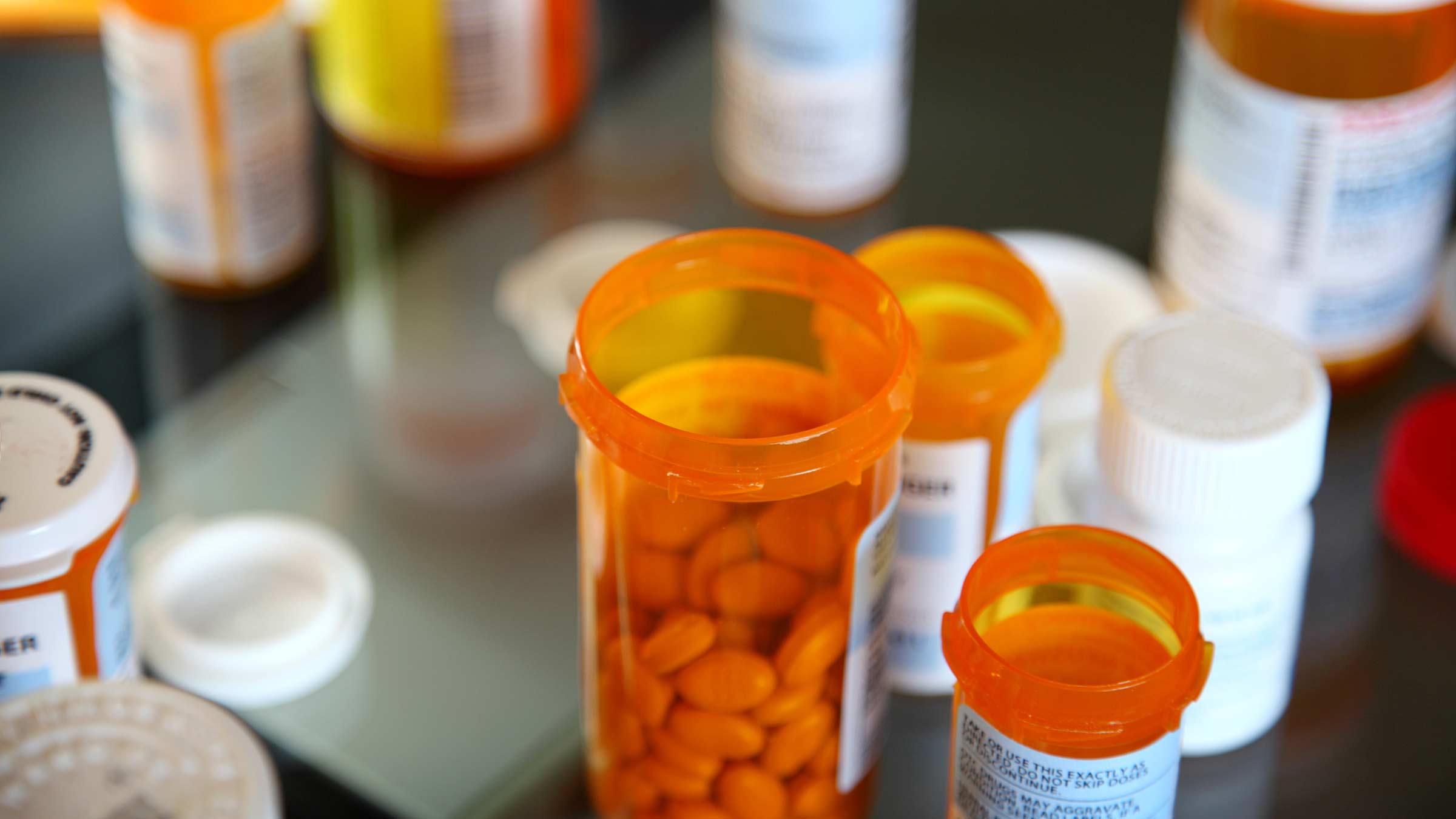
It’s a whole lot more exciting to save for spring break in the Bahamas than, say, braces or an upcoming surgery.
Think about it this way, though: Setting aside money from your paycheck for your out-of-pocket healthcare expenses would mean paying fewer dollars in taxes on that money.
You can set up a flexible spending account (FSA) through your employer that would take out money from your paycheck tax-free and have it set aside for you to use to pay for health bills and expenses. In 2024, you can have up to $3,200 put in an FSA.
FSAs are a benefit most employers offer. Whatever amount you decide to put in your FSA will be taken out by your employer — a portion each paycheck. You can use that money any time during that year for health expenses for you or anyone in your family.
FSA saves you tax dollars
How much you save in tax dollars by having a FSA depends upon how much you earn and how much you put in the FSA. Say you set aside the full $3,200 to be used in 2024 because you think you’re going to spend at least that much on your family’s health care in 2024. You know you’ll be buying braces for your daughter, you’re continuing physical therapy on your back and you and your family members take some prescription medicines that are costly.
For example: For the 2024 tax year, you’d save $704 in federal taxes on your $3,200 FSA, if you’re married and file jointly and your household income is between $94,300 and $201,050. If you’re single and your annual income is less than $47,150, you’d save $384 in 2024 if you put $3,200 in your FSA that year.
So, it’s not just a few dollars you’d save by planning ahead on your health expenses and having the money taken out each paycheck.
How do I get the FSA money I had set aside?
Some employers make it very easy to access your FSA money. The money accumulates on a debit card your employer issues to you, then you can use that debit card to pay for eligible health expenses. Other employers have you turn in the receipts of your expenses to be reimbursed. Many offer both options.
What can I use FSA money for?
A lot of expenses qualify for FSA funds. These include copays for office visits, medical procedures such as surgeries, medical products such as orthodontics and insulin as well as over-the-counter medications, such as cold medicine. A full list is available at the U.S. Office of Personnel Management’s FSAFEDS website.
Estimating how much to put in your health care FSA
Sometimes health costs can be hard to predict. One indicator is how much you spent the year before for you and your family. Consider these and other possible expenses:
- Copays for doctor visits or mental health counseling.
- Planned surgeries
- Braces, crowns or other dental work
- New glasses or contacts
- Medical equipment or supplies
- Physical therapy
- Unexpected medical visits to urgent care
What’s the downside of an FSA?
You do have to use all of the FSA money you set aside before the end of the calendar year.
What happens to unused FSA funds?
Some employers have a “use it or lose it” policy. Any funds leftover in an FSA at the end of a calendar year go back to the employer.
Employers can also opt to provide a 2½ month grace period into the next calendar year giving people with FSAs several more weeks to spend the money they set aside the year before.
Or employers can allow people who take out FSAs to roll over up to $610 of unused funds at the end of the plan year into the next year’s FSA. You can still contribute up to the maximum amount in the next plan year on the FSA.
Ways to use leftover FSA funds at the end of the year
If you overestimated your medical expenses for the year and have some FSA money left to spend at the end of the year, there are some products you can stock up on, including:
- Over-the-counter medicines including allergy and sinus medicine, antacids, aspirin and other pain relievers, asthma treatments, cold sore treatments, cough drops, cough syrup, gastrointestinal medication, laxatives, and motion sickness and nausea treatments
- First aid supplies, such as antibiotic ointment, bandages and emergency kits
- Dental guards to prevent teeth grinding
- Neti pots and nasal irrigation squirt bottles
- Menstrual care products, including liners, pads, tampons and cups
- Contraceptives, such as condoms
- Pregnancy tests
- Birth control (over-the-counter and prescription)
- Prenatal vitamins
- Breast pumps
- Lactation supplies, such as creams, nursing pads and breastmilk storage
- Radon test kits
- Rehydration liquids, such as Pedialyte
- Blood pressure monitors
- Colonoscopy preparation kits
- COVID-19 tests
- Diaper rash ointments and creams
- Ear drops and wax removal
- Hand sanitizer
- Hearing aids and hearing aid batteries
- Vaccinations, such as flu shots
- Diabetic testing materials and supplies
- Lice treatment
- Smoking cessation (nicotine) gum or patches
- Sunscreen that’s “broad spectrum” and SPF 15+
- Wart removal treatments
- Contact lenses and solution
- Eyeglasses
- Prescription sunglasses
You can also use your FSA money for certain classes, including childbirth education and breastfeeding classes.
Do I have to report my FSA on my taxes?
No. Your W-2 will show what you contributed to your FSA. You don’t have to separately report it to the Internal Revenue Service.
FSAs for child care
Although health care FSAs are the most common FSA that people use, an FSA can be set up to pay for child or dependent care expenses. It’s separate from the health care FSA, and the money in an FSA for child care can be used to pay for care for children under age 13. That includes before- and after-school care, babysitting and nanny expenses, daycare, preschool and summer camps.
Thinking ahead about expenses you know you’re going to have in the upcoming year makes sense. We set aside money for home improvements, college tuition and vacations, why not for health care or child care expenses? You might be surprised by how much it saves you in taxes.





